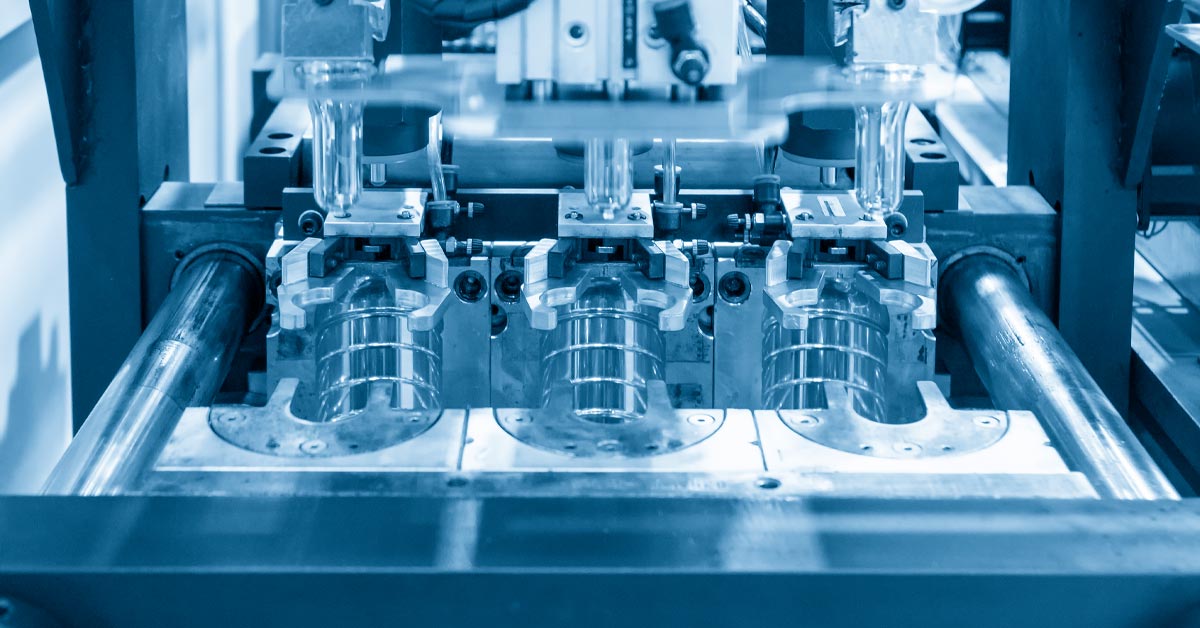Injection molding is a flexible manufacturing method that benefits product design and customization. Unlike other manufacturing methods, this process is cost-effective, making it possible to use various materials and customize its finishes. Many materials are used in injection molding, including plastic, rubber, metal, and wood. Read more about the advantages of injection molding. Texas injection molding can create many products, including automotive parts, medical devices, and household items.
Processes similar to injection molding
There are many processes similar to injection molding. Injection molding involves fast, high-pressure injection of molten materials into a mold. The molten material can be any material depending on the scope of the manufacturing project. The most common materials are plastics, but other materials like metal and ceramics can also be injected. Plastic injection molds have cavities that hold the molten material. The mold cavities are designed to resemble the final features of the part closely.
The cost of a plastic injection mold depends on several factors. The initial tooling cost is high, but the per-piece price is meager. The overall cost of the process reduces with increased volume. Many injection molding service companies have developed ways to lower the cost of tools and parts. This article will discuss some of these factors. It is essential to understand what goes into creating an injection mold. To ensure that it produces the final product you need, make sure that you consider all the factors involved in the process.
One of the differences between injection molding and transfer molding is the type of machinery. In injection molding, the process is carried out using injection machinery, while transfer molding involves applying pressure to a piston. Both strategies work well with large volumes. Injection molding is often the preferred method for creating complicated parts with complex features. Compression molding is another similar process, which uses pressure and heat to produce a plastic component. When comparing the cost of these two processes, it is essential to understand the benefits and limitations of each approach.
Materials used in injection molding
Plastics and other materials are commonly used in injection molding. ABS plastic has excellent thermal and mechanical properties and can withstand various temperatures. As a result, it is used in everyday products such as gears, bearings, and toys.
Injection molding is compatible with various plastics, including thermoplastics and thermosets. It can even be used with liquid silicones. Fiberglass and rubber particles can be used for additional reinforcement and are commonly mixed with pellets. A product with a fiberglass lining will be more durable than one made of plastics alone. Injection molding allows for the customization of parts by adding different materials.
HDPE, LDPE, and PET are common materials used in injection molding. HDPE is a dense material, while LDPE is softer and more malleable. On the other hand, PET is transparent and often used in the automotive industry. While these materials are versatile, they also have drawbacks. PE plastics do not withstand high service temperatures and are not particularly UV resistant. In addition, HDPE parts are difficult to mold, while LDPE parts require resin drying.
Tooling fabrication
Injection molding has many advantages. One of them is its low cost compared to other manufacturing methods. The process also allows for intricate shapes and designs that are very difficult to achieve with other methods. In addition, these processes are also able to produce huge volumes of high-quality parts with little lead time. Listed below are some of the advantages of this process. The following sections outline the steps involved in tooling fabrication.
Initially, a project’s needs must be defined. This process will include acquiring various machines, fixtures, gauges, and other equipment. The process development will include identifying baseline input conditions and defining a low, nominal, and high processing window. Ultimately, the result will be an optimized design and the desired development. The cost and lead time for tooling fabrication will largely depend on the scope and complexity of the project.
After the design is complete, the toolmaker will start texturing and polishing the aesthetic cavities. This process can take up to two weeks and includes many changes. In the meantime, a sample of the finished mold will be sent to a contract manufacturer. The contract manufacturer will then start the production of the final parts. Again, this process typically takes a few weeks to complete. But the process is not without its benefits.





